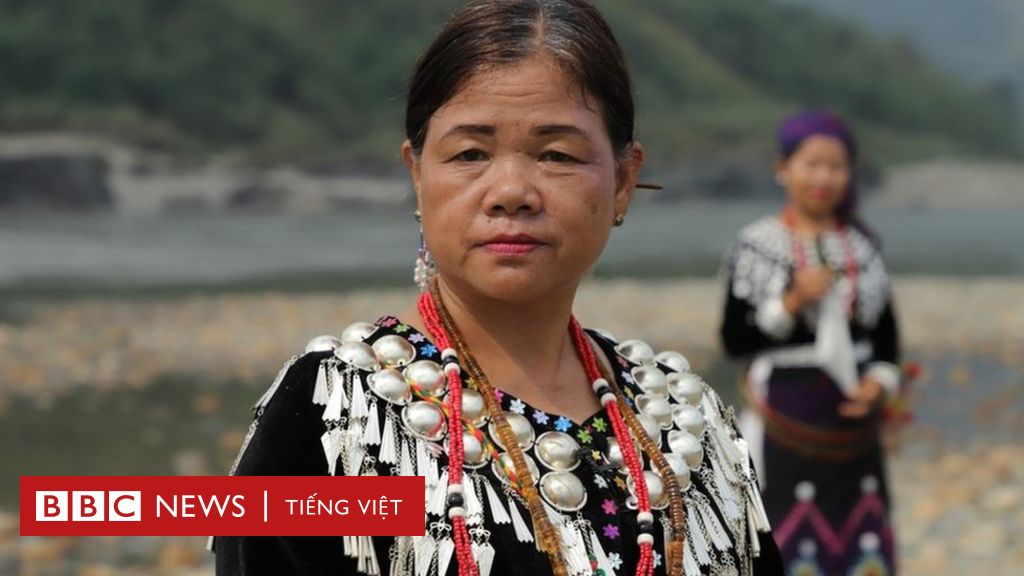



Juan José Herrera holds a degree in Environmental Engineering from the Universidad Técnica de Ecuador, and works to restore native Polylepis forests Northeast of Quito. Passionate about this field, Silvia continues to learn about the dynamics of ecosystem change to accomplish her personal goal of applying this knowledge to the effective recovery of degraded ecosystems.įONAG Vegetative Cover Recovery Program (PRCV) Environmental Technician More recently, Silvia has been the coordinator of FONAG’s Vegetation Recovery Program, where she applies her scientific expertise to conservation and restoration projects in high Andean ecosystems. For most of her career, Silvia has been a researcher in botany of the páramos - a moorland ecosystem - working on taxonomy, ecology, and conservation of the flora of the Ecuadorian high Andean forests and páramos. Her thesis focused on the ecology of Polylepis incana and Polylepis pauta. Silvia Salgado studied Biological Sciences at the Pontificia Universidad Católica del Ecuador. Implementors FONAG Vegetative Cover Recovery Program (PRCV) Coordinator FONAG also conducts capacity-building events with community members, as well as students and the general public, which it considers essential to long-term nature conservation and water availability. FONAG’s holistic approach includes strategic land acquisition, the restoration of wetlands and degraded forests, and impact and evidence monitoring. This includes the conversion of exotic species forests to forests of native species, and the recovery of high Andean forest soil and ground cover. These activities are implemented in 600,000 hectares (almost 1.5 million acres) in the five cantons of the Pichincha province, as well three cantons in the Napo province, in which 150,000 hectares (370,600 acres) are designated as prioritized headwater sources.Ĭentral to FONAG’s integrated water resource management and its partnership with Acción Andina is ecosystem restoration. The Water Protection Fund FONAG ensures that safe drinking water is available for the 2.5 million people living in Quito while protecting biodiversity by conserving and restoring forests and wetlands. Fondo para la Protección del Agua (FONAG) was launched in 2000 to create sustainable water conservation areas capable of providing sufficient water for the growing population of Ecuador’s capital, Quito.


 0 kommentar(er)
0 kommentar(er)
